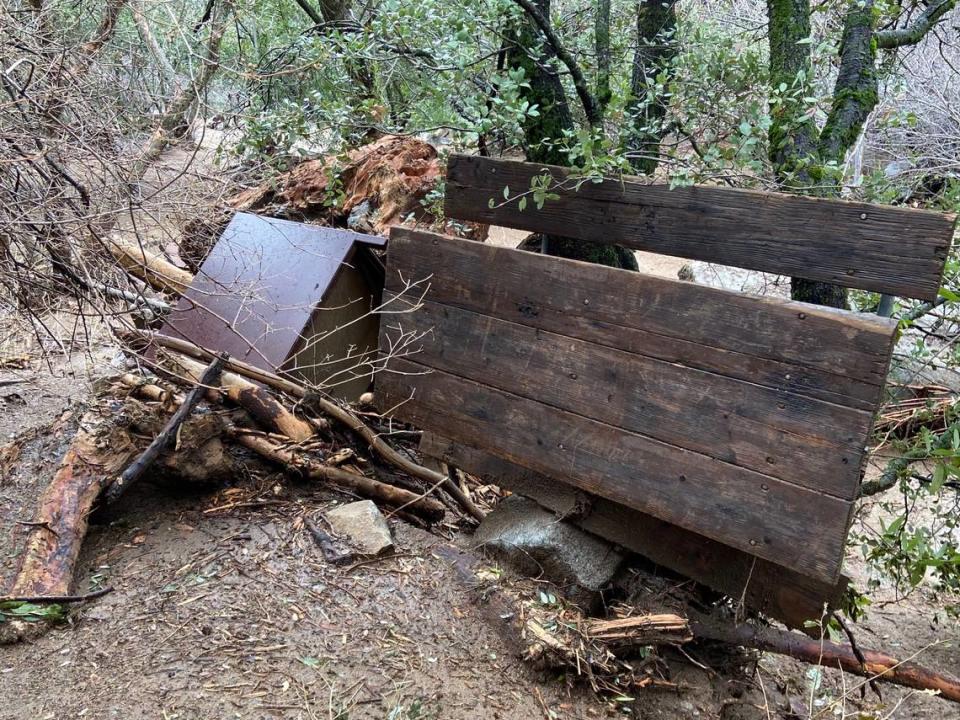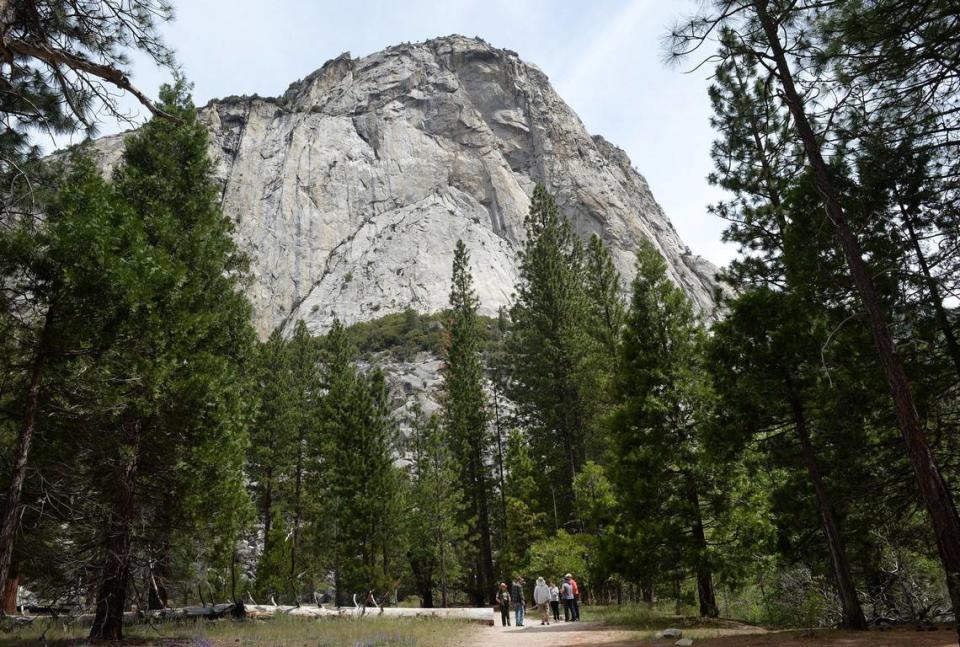Bummer of a summer? Widespread Sierra closures dampen our enjoyment of public lands | Opinion
One of the best parts about living in the central San Joaquin Valley is our easy access to so many great Sierra mountain destinations. Which typically begin to open up in May and early June.
This year, proximity isn’t going to be much help. Last winter’s gigantic snowpack, the latest in a spate of destructive weather events, has resulted in widespread closures of national park and national forest recreation sites. Some will remain closed all summer; others until July.
Take, for example, the latest Sierra National Forest closure order, in effect until June 13. The number of closed roads, campgrounds and trails throughout the High Sierra and North Fork ranger districts is so extensive that it takes two full pages to list them all.
Then there’s the realization that Highway 180, due to road damage, will remain closed east of Hume Lake for the entire season. Meaning no access to the Kings River Canyon, the Cedar Grove area of Kings Canyon National Park or Roads End, the park’s most heavily used backpacking trailhead.
Sequoia National Park is even worse off. The Generals Highway is currently open only as far as Hospital Rock and probably won’t reopen until mid-June. Meanwhile, the road to Mineral King was destroyed by mud and rock slides; it’s unlikely the road will open this summer at all.
Opinion
In back-country areas, damage is still being discovered. For example, floods washed out a metal footbridge that spans the South Fork of the San Joaquin River near Florence Lake, eliminating a key crossing used by John Muir Trail and Pacific Crest Trail hikers.
Yosemite National Park remains open (though not via Highway 120), and its world-famous waterfalls are sure to be gushing till mid-summer. Just don’t expect to be driving Tioga Road anytime soon. My prediction for the opening is June 30.
Despite the abundance of mountain snow, Fresno-area boaters and fishermen are having to cope with near minimum pool levels at Millerton and Pine Flat lakes as operators make room for the expected melt. That’s no fun when you want to go wakeboarding or catch a bass.
And below those respective dams, the lower San Joaquin and Kings rivers remain off-limits to kayaking, canoeing, floating and swimming due to high flow levels. Since Fresno County Sheriff John Zanoni’s order went into effect March 14, some seven citations have been issued.
As a whole, 2023 might go down as the worst, most restrictive season of summer recreation in decades.

Restrictions over management
Even though it might be tempting to label these setbacks as a one-year occurrence, caused by a huge amount of snow, they’re actually the continuance of a trend.
More and more, particularly in national forests, officials are opting for restrictions over active land management. Simply because it’s easier (i.e. more cost effective and less risky) to lock a gate and put up a “closed” sign than do the work necessary to get areas and sites open. Or trusting people to recreate responsibly.
Recall those two pages of closed roads, campgrounds and trails in the Sierra National Forest. I’d estimate half have been on that list for multiple years, starting with the massive tree die-off of 2016-17 and continuing through heavy wind events and multiple forest fires.
When will they reopen? In the neighboring Sequoia National Forest, the answer is eight years and counting. That’s how long the 45,000-acre Monarch Wilderness has been off-limits to the public — since the 2015 Rough Fire.
Eight years? That’s ridiculous.
While it might be easy to blame the forest supervisors who sign these orders — Dean Gould in the Sierra National Forest and Teresa Benson in the Sequoia — the real fault lies in Washington, D.C., where Congress continually fails to provide federal land managers with the funding to properly do their jobs.
Sound off to Congress
As it happens, those of us who enjoy these areas are represented by two individuals well-positioned to do something: House Speaker Kevin McCarthy and Congressman Tom McClintock, a member of the Subcommittee of Federal Lands that controls the purse strings of both the National Park Service and the U.S. Forest Service.
“Republicans on the Subcommittee are working to expand and protect opportunities for all Americans to enjoy our beautiful public lands, ensuring they are available for recreational opportunities and economic development,” its website says.
No better time for McClintock, whose district includes Yosemite, the Sierra National Forest and most of Kings Canyon, to put some action behind those words. With the support of McCarthy, whose district spans Sequoia National Park, the Sequoia National Forest and Giant Sequoia National Monument.
Unfortunately, the issue appears to be well down either congressman’s current set of priorities. So it’s up to constituents to speak up, in our loudest and most demanding voices, that closure cannot be a land management strategy.
Or else the roads to Cedar Grove and Mineral King, two of the most scenic places on earth, won’t be drivable anytime soon. And the public’s right to access federally owned lands will continue to erode.


